Endlers Livebearers Care for Beginners
If you’re looking for a peaceful, low-stress way to bring movement and life into your small space, Endlers Livebearers might be the fish you didn’t know you needed. They’re small, vibrant, beginner-friendly, and surprisingly low-maintenance. Most importantly, they’re one of the few fish species that thrive in tiny tanks—making them a perfect match for people living in small apartments, quiet studios, or simply overwhelmed by life and craving calm.
In this guide to Endlers Livebearers care for beginners, we’ll walk you through everything that actually matters—no scientific rabbit holes or expensive gear. Just what you need to create a soothing, successful environment for these energetic little fish.
Why Choose Endlers?
Endlers Livebearers (Poecilia wingei) are close relatives of guppies but are generally smaller, hardier, and less likely to overbreed if you keep only males. They’re peaceful, active, and full of personality—perfect for someone who wants the beauty of a tropical tank without all the stress.
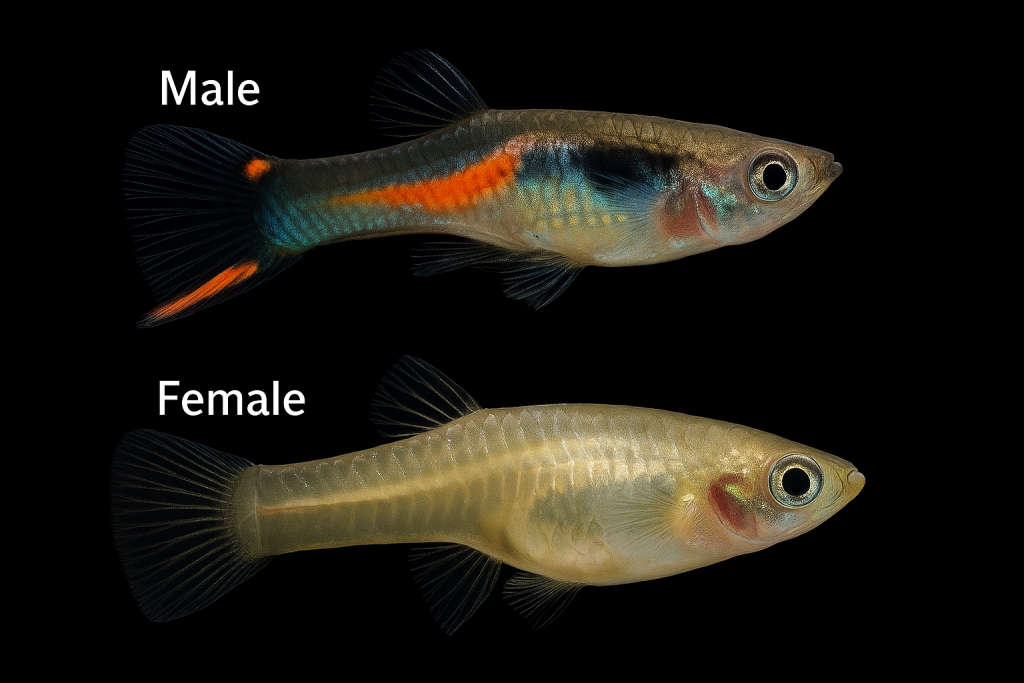
How to Choose Healthy Endlers Livebearers at the Store?
Choosing the right fish from the start can prevent a lot of headaches later.
What to Look For:
- Color: Males should be bright and vivid—look for metallic blues, neon oranges, greens, or even multicolor patterns. Female Endlers are usually less flashy but should still look alert and smooth-skinned.
- Fins: Should be intact and slightly spread. Avoid fish with clamped, torn, or frayed fins.
- Movement: Healthy Endlers are always moving. They dart around, explore, and school loosely. Look for fish that are curious and responsive.
- Eyes and Scales: Clear eyes, smooth bodies, and no visible white patches or spots.
❌ Red Flags:
- Lethargy, especially if the fish is sitting at the bottom or floating near the surface
- White spots (ich), velvet-like dust, or any fuzzy growth
- Fins that are stuck to the body (a sign of illness or stress)
- Tanks with dead or dying fish, especially if staff can’t explain why
If you’re buying from a pet store, ask how long the Endlers have been in the tank. If they just arrived that day, give it a few more days to settle.
Tank Setup Requirements
📏 Minimum Tank Size
Endlers can thrive in as little as 5 gallons if you’re keeping only males (which is ideal for beginners). A trio or small group of 3–4 males will create a playful, colorful tank without breeding or territorial issues.
For mixed-gender groups or larger numbers, aim for 10 gallons or more, as females will give birth every 3–4 weeks and things can get crowded fast.
🛒 Recommended product:
Hygger 5 Gallon Glass Aquarium Kit – compact, quiet, and perfect for beginners.
Temperature, pH, and Water Flow
Endlers are extremely forgiving, but like any tropical fish, they thrive in stable conditions:
- Temperature: 72–78°F (22–26°C). Use a small heater like the Aqueon 50W Adjustable Heater to maintain consistency.
- pH: 6.8–8.0 – they tolerate a wide range, making them perfect for tap water users.
- Water flow: Gentle. Too strong, and they’ll get pushed around. A sponge filter or adjustable-flow filter is ideal.
🧼 Recommended: Aquaneat Sponge Filter – safe for fry and doesn’t stress adults.
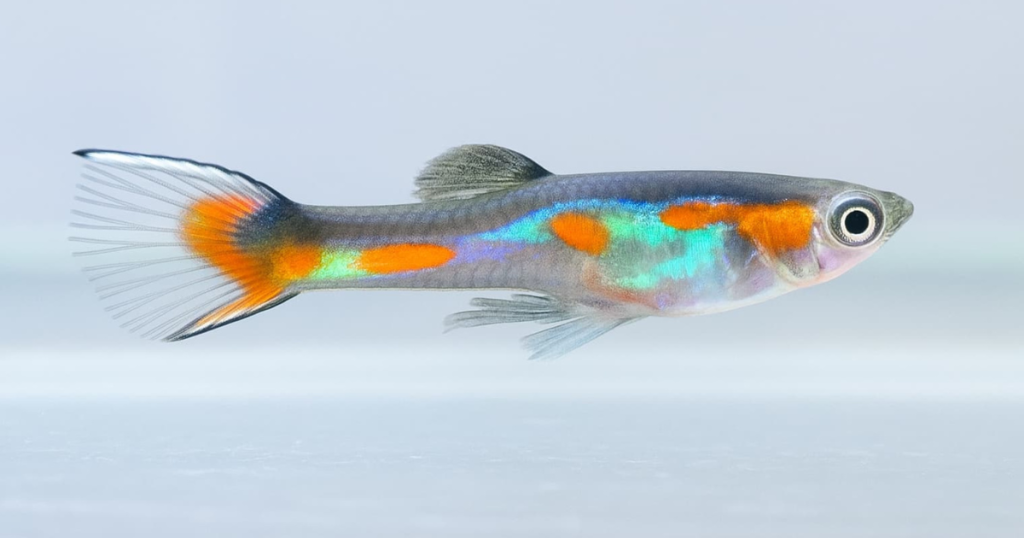
Plants, Substrate, and Decor
Endlers love densely planted tanks. Plants give them a sense of safety, improve water quality, and provide surfaces for grazing.
Good plant choices:
- Java moss
- Anubias
- Floating plants like frogbit or duckweed
Use dark sand or gravel substrate to make their colors pop. Include driftwood or small caves for variety and shelter.
🌱 Optional decor:
Cholla Wood for Shrimp and Small Fish
Lighting can be low to medium. Too bright, and they’ll become skittish unless you have dense cover.
Feeding Tips for Endlers
Endlers are not picky eaters, but variety improves their color and health.
What to Feed
- Staple diet: High-quality micro pellets or flakes. 🔗 NorthFin Community Pellets
- Supplemental foods:
- Crushed frozen bloodworms or daphnia
- Baby brine shrimp
- Spirulina flakes
- Occasional veggie snacks: Blanched zucchini or spinach for extra fiber
Feeding Frequency
- Once or twice daily in small amounts
- Only as much as they can finish in 1–2 minutes
- Remove uneaten food to prevent water fouling
Common Feeding Mistakes
- Overfeeding – leads to water issues and obesity
- Feeding only flakes – causes nutritional gaps over time
- Ignoring water surface behavior – floating food can rot quickly if left uneaten
Behavior and Temperament
Endlers are peaceful, social, and always moving. Their darting swim style and curiosity make them a joy to watch. They are schooling fish, but unlike tight-schooling tetras, they tend to interact loosely in groups.
- Peaceful? Yes—ideal for community tanks or solo species tanks
- Aggressive? Rarely. Males may chase each other, but not harmfully
- Active or shy? Extremely active and inquisitive
Special Traits
- They give birth to live babies—no eggs involved!
- Males are smaller and showier; females are larger and drabber
- Their movements can feel like a living screensaver—calming and hypnotic
Best Care Tips to Reduce Stress (Yours and Theirs)
Low-Maintenance Routine
- Weekly 25% water changes with dechlorinated water 🔗 Seachem Prime Water Conditioner
- Wipe down algae on glass every 2 weeks
- Top off water between changes to account for evaporation
Ideal Tank Vibe
Its always good to place your tank somewhere quiet, with low foot traffic You could also add background paper to reduce reflections and overexposure Don’t forget to keep lighting on a timer for predictability and better sleep cycles. For this, you could install the NICREW Aquarium Timer for Lights
Vacation or Busy Days?
Endlers can go 2–3 days without food if needed. For trips longer than that, use a NICREW Automatic Feeder
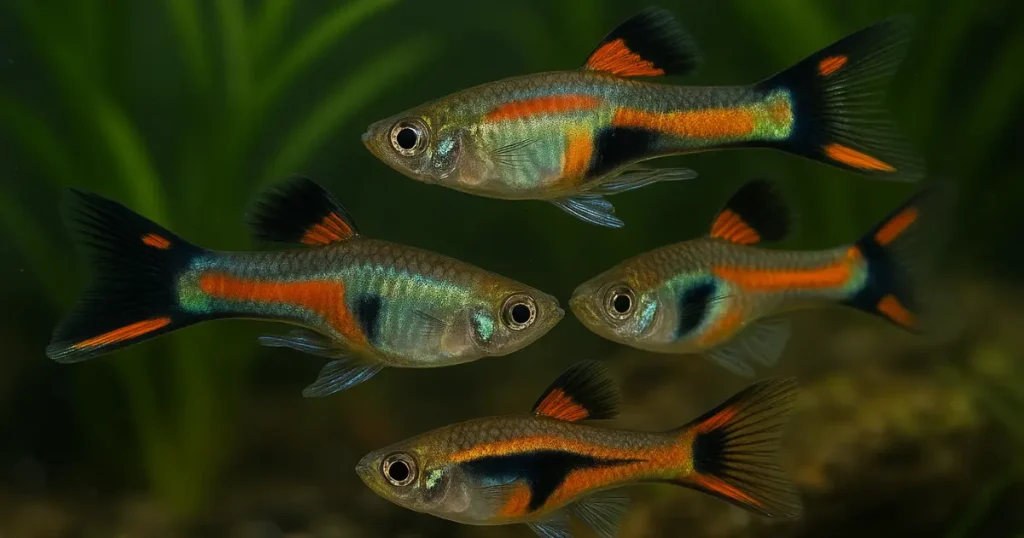
Common Issues and How to Avoid Them
Overcrowding
Endlers breed easily and often. If you keep males and females together, expect the population to double quickly. Stick to male-only groups for simplicity.
Poor Water Quality
Because they’re hardy, Endlers can survive in poor water—but they won’t thrive. Use test strips like Tetra 6-in-1 EasyStrips to keep an eye on ammonia, nitrites, and pH.
Mixing With the Wrong Tankmates
Avoid fin-nippers such as tiger barbs or aggressive fish like cichlids. Good companions include:
- Shrimp
- Snails
- Corydoras
- Chili rasboras
Incomplete Cycling
Adding Endlers to an uncycled tank can still lead to burns from ammonia spikes. Make sure your tank has been running with beneficial bacteria for at least 2 weeks or you could even use bottled bacteria starters.
Final Thoughts
If you’re stressed, overwhelmed, or just need something gentle and joyful in your day, Endlers Livebearers might be the perfect fit. Their size, peaceful nature, and vibrant colors bring energy to a room without taking any from you. They’re ideal for beginners, ideal for small spaces, and—when set up right—practically take care of themselves.
With just a little guidance and a well-planned setup, Endlers Livebearers care for beginners can be both deeply calming and truly rewarding. Your tiny tank doesn’t need to be complicated—it just needs to be intentional.
📝 Affiliate Disclosure: This post contains affiliate links. If you click and buy, I may earn a small commission at no extra cost to you. I only recommend products I love and trust for a peaceful, beginner-friendly tank.
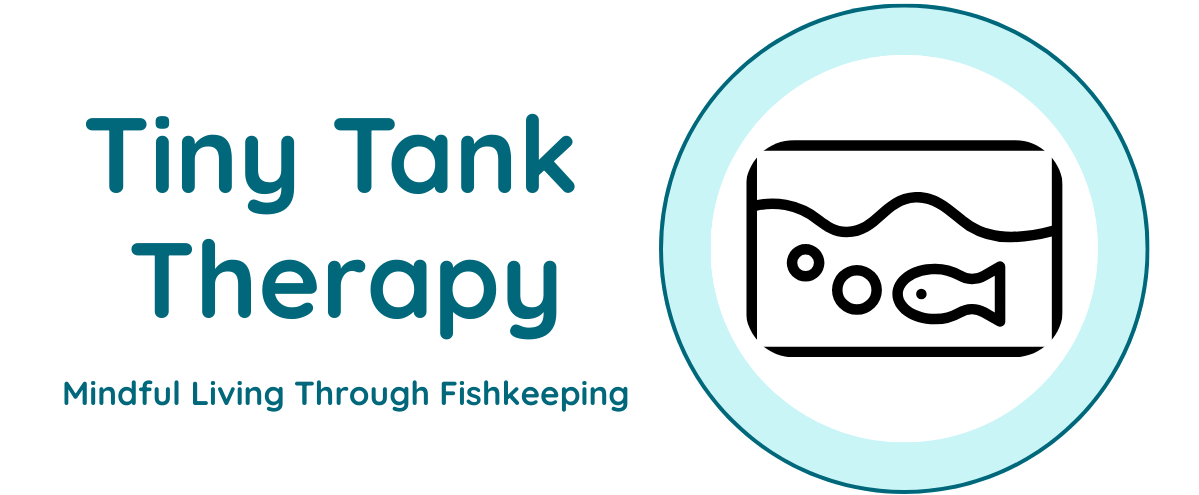
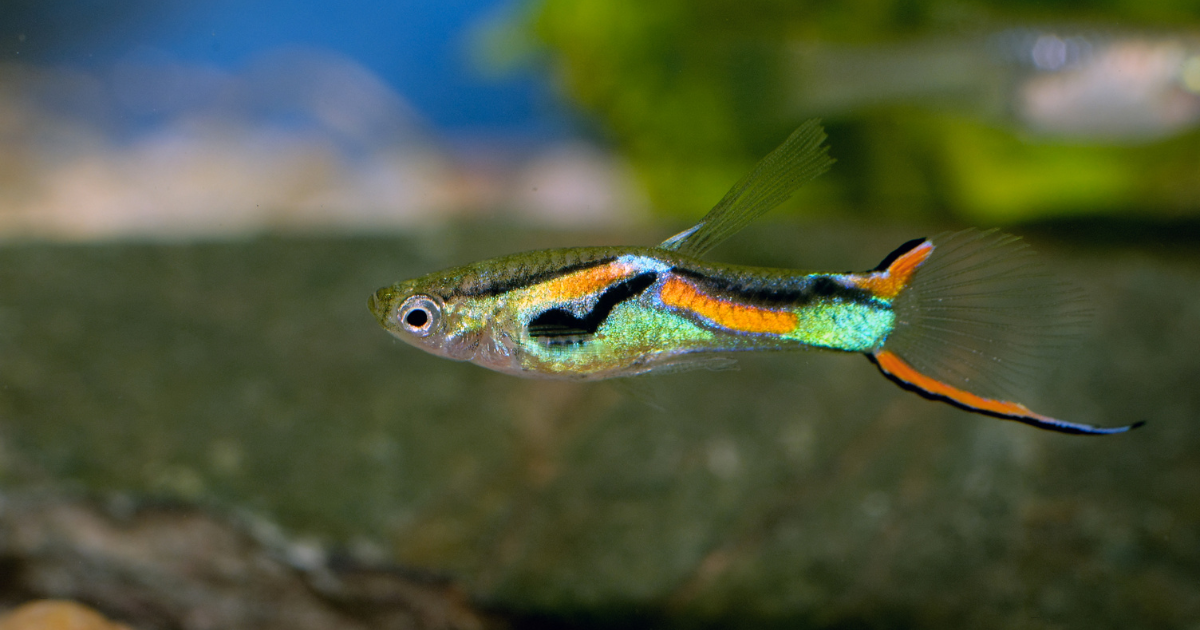
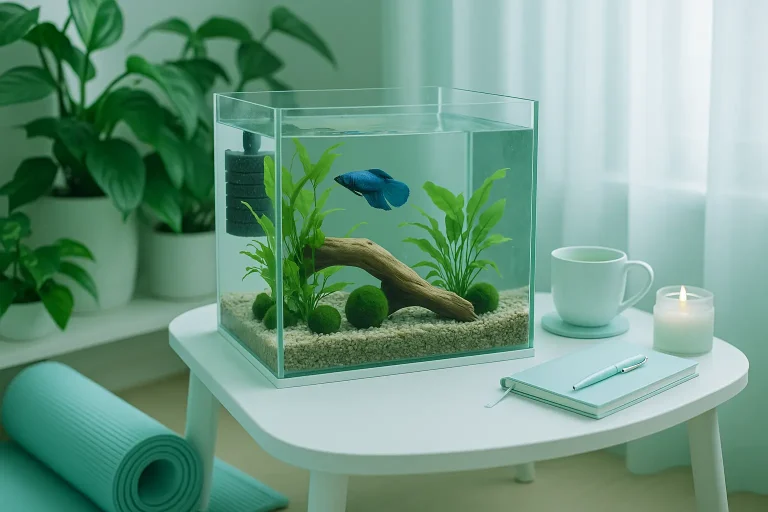
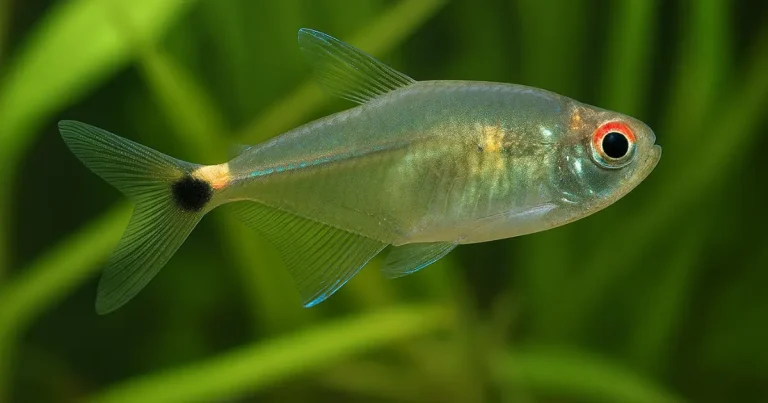
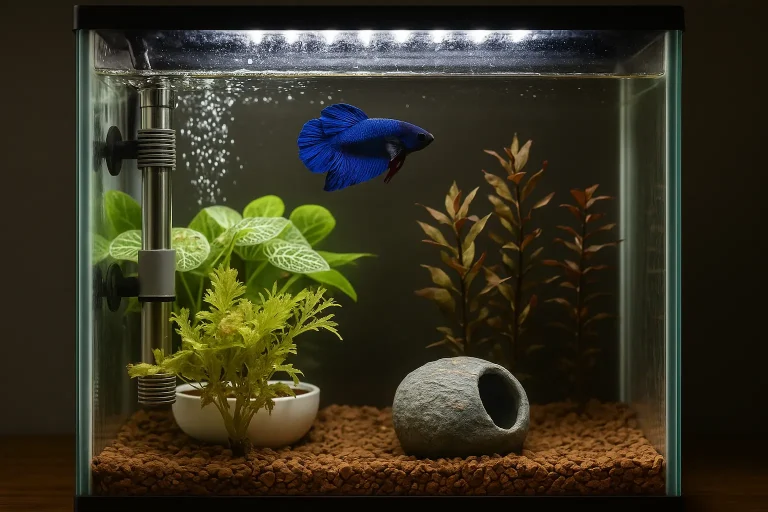
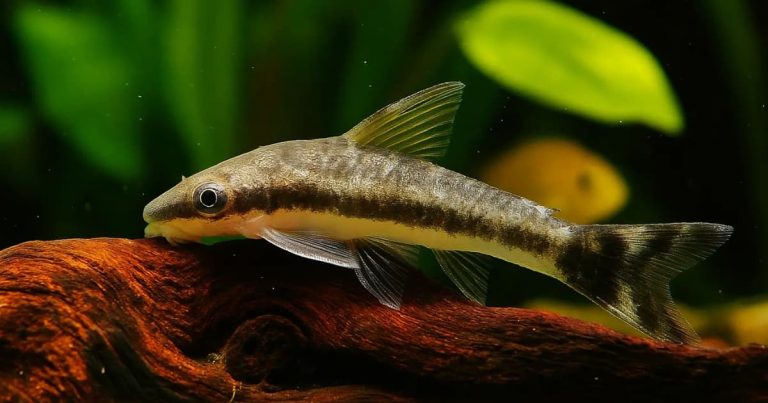
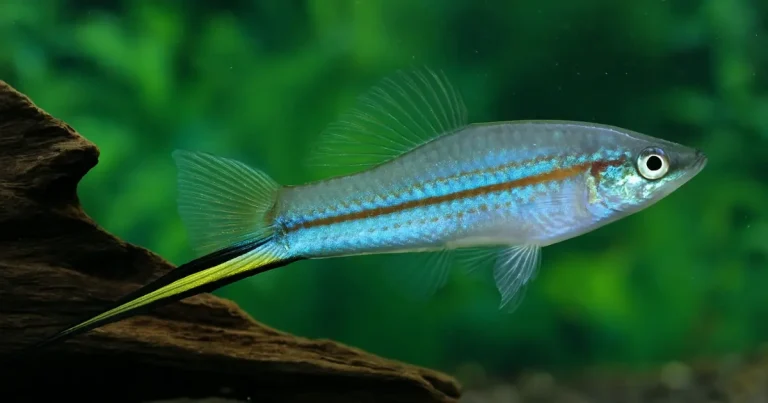
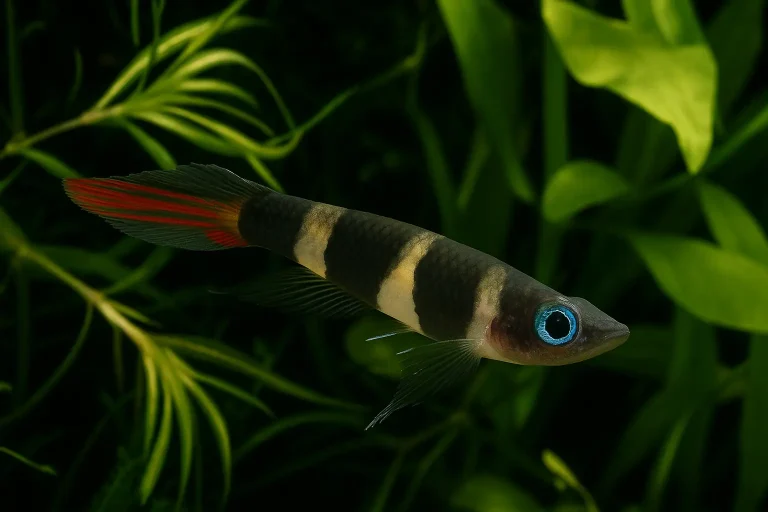
Leave a Reply